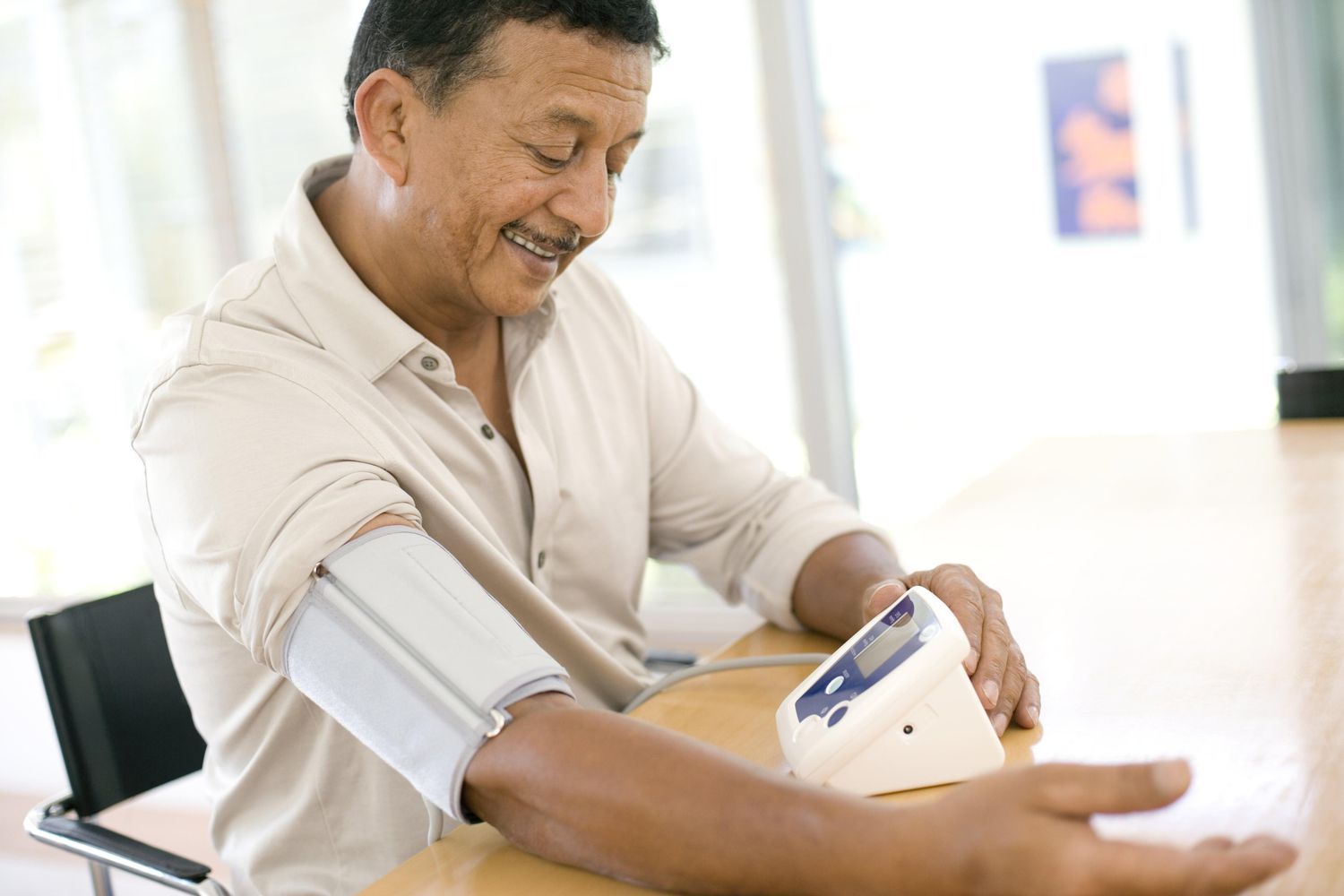
Many people measure their blood pressure without realizing how posture and timing affect results. A rushed reading after exercise or immediately following a stressful phone call might show elevated numbers, but that doesn’t mean your medication is failing. Similarly, measuring right after eating, drinking coffee, or while still talking can alter the result. The body needs a few minutes of calm and quiet to settle before testing. Even the temperature of the room or background noise can introduce slight changes in measurement. Sitting still in silence helps the circulatory system stabilize. It’s not only about the device—it’s about how and when it’s used. Consistency in routine allows for more meaningful tracking over time, helping both you and your doctor understand true trends.
The best time to check is before medication, meals, or physical activity
The best time to check is before medication, meals, or physical activity. Morning is often preferred because the body is rested, and external factors are minimal. That’s when the baseline can be captured most accurately. If your doctor prescribed medication for hypertension, don’t take the pill before testing. Measuring after medication skews interpretation, especially when the aim is to see the body’s resting state. Evening readings are also helpful but should not be taken immediately after dinner, walking, or climbing stairs. Waiting 30 minutes after food or activity provides better reliability. A daily habit—same time, same routine—builds a usable record, unlike random spot-checks that reflect immediate circumstances rather than long-term control.
Sitting in a straight chair with feet flat on the floor is essential for accurate readings
Sitting in a straight chair with feet flat on the floor is essential for accurate readings. The body must be supported and symmetrical. If the back is slouched or the legs crossed, pressure changes slightly but enough to mislead. The arm holding the cuff should rest at heart level—neither higher nor hanging down. Placing it on a sturdy surface like a table or armrest helps maintain this position. Muscles should be relaxed, not tense. Clenching the hand or keeping the arm suspended mid-air can elevate readings. Sit still, breathe slowly, and avoid talking during the test. These physical habits, while subtle, shape the outcome more than many expect. Over time, good form leads to patterns you can trust.
Using the correct cuff size prevents misreadings that lead to unnecessary medication changes
Using the correct cuff size prevents misreadings that lead to unnecessary medication changes. Cuffs that are too tight can artificially raise readings by compressing the artery excessively. Oversized cuffs, on the other hand, may underestimate your actual pressure, creating a false sense of control. Many home monitors come with standard sizes, but arm circumference varies widely. Measuring your upper arm and choosing a matching cuff ensures better alignment. The bladder inside the cuff should cover about 80% of your arm’s circumference. Too much or too little overlap leads to inconsistent inflation. Even with digital devices, physical fit matters. Before blaming numbers, check if the equipment truly fits.
Checking only once may miss fluctuations caused by stress, position, or daily variation
Checking only once may miss fluctuations caused by stress, position, or daily variation. Blood pressure isn’t static—it changes minute by minute depending on your body’s rhythm. A single elevated number doesn’t mean uncontrolled hypertension. Similarly, one low reading isn’t proof of success. Patterns emerge through multiple readings taken over several days. The general advice is to measure twice per session, a minute apart. If the readings differ by more than 5 mmHg, a third check may clarify. Average the two closest numbers. Over time, trends provide more insight than isolated spikes. When discussing results with your doctor, showing daily records is more useful than describing one unusual episode.
Keeping a written or digital log creates a history that helps doctors adjust treatment appropriately
Keeping a written or digital log creates a history that helps doctors adjust treatment appropriately. Memory fades, especially when days blur together. Relying on a mental record often leads to overgeneralizations or forgotten spikes. A blood pressure journal—whether on paper or through an app—captures the time, values, and any surrounding factors. Some people add notes like “after poor sleep” or “before argument,” offering helpful context. Doctors can then correlate medication effects, lifestyle influences, and body response more clearly. This record becomes a diagnostic tool, not just a diary. Sharing consistent data builds trust and avoids guesswork during appointments. It also prevents unnecessary changes based on temporary variation.
Wrist monitors are convenient but often less reliable than upper-arm cuffs if used incorrectly
Wrist monitors are convenient but often less reliable than upper-arm cuffs if used incorrectly. People prefer them for ease of use, especially if mobility is limited. However, the wrist arteries are smaller and closer to the skin, which increases sensitivity to position. Even slight wrist flexion or movement can throw off results. For accuracy, the wrist must be held at heart level and supported throughout the measurement. Unfortunately, many users keep the wrist too low, underestimating the pressure. Upper-arm cuffs are generally recommended unless wrist models are calibrated and used with caution. If you use a wrist device, verify its accuracy periodically by comparing with a clinic reading.
Avoid caffeine, tobacco, or alcohol within 30 minutes of taking a reading
Avoid caffeine, tobacco, or alcohol within 30 minutes of taking a reading. These substances temporarily elevate blood pressure, often by 5 to 15 mmHg. That means your reading might reflect lifestyle inputs rather than true vascular health. Coffee stimulates adrenaline release. Nicotine constricts blood vessels. Alcohol can increase heart rate. Even one cup or cigarette shortly before measurement distorts the result. Water is fine, but avoid flavored drinks or snacks. If unsure, wait half an hour in a quiet space. Neutral conditions lead to the most representative numbers. It’s about finding the body’s baseline, not its reaction to stimulation.
Take measurements at the same time each day to recognize patterns instead of isolated events
Take measurements at the same time each day to recognize patterns instead of isolated events. Variations within a day are normal. Morning readings tend to be higher due to hormonal shifts. Evening values may be lower but influenced by activity or diet. Measuring inconsistently creates a scattered chart with no usable narrative. Set a daily alarm or reminder for the same window. Mornings before breakfast or evenings before bed work well. Over time, these snapshots form a consistent graph. Doctors interpret this graph more clearly than random numbers. Uniform timing removes guesswork and reveals what’s truly happening beneath the surface.
Consistency matters more than occasional perfection when tracking long-term blood pressure
Consistency matters more than occasional perfection when tracking long-term blood pressure. Missing a day or making one mistake won’t ruin your data. But repeating poor habits—like talking during measurement or rushing between tasks—adds noise to your history. It’s better to take three quiet, controlled readings a week than seven rushed ones. Home monitoring isn’t about chasing low numbers—it’s about honest documentation. The goal is understanding your vascular rhythm, not proving your health daily. Small routines, repeated over time, reveal your body’s true pattern. That pattern helps guide better choices, both medical and personal.
